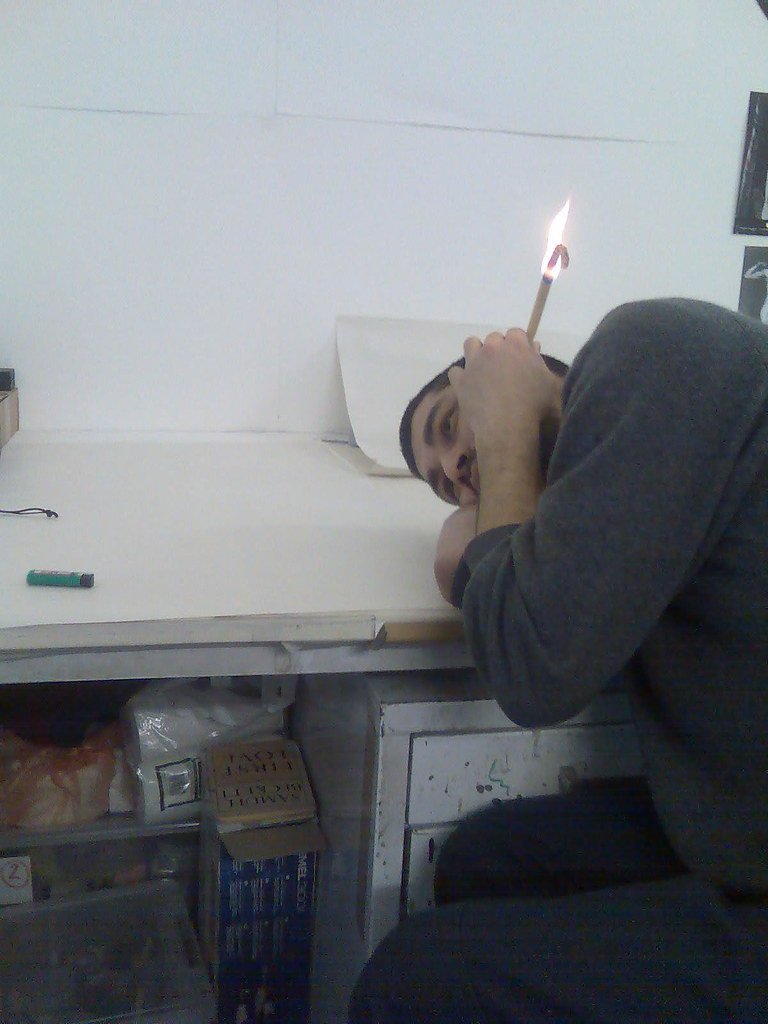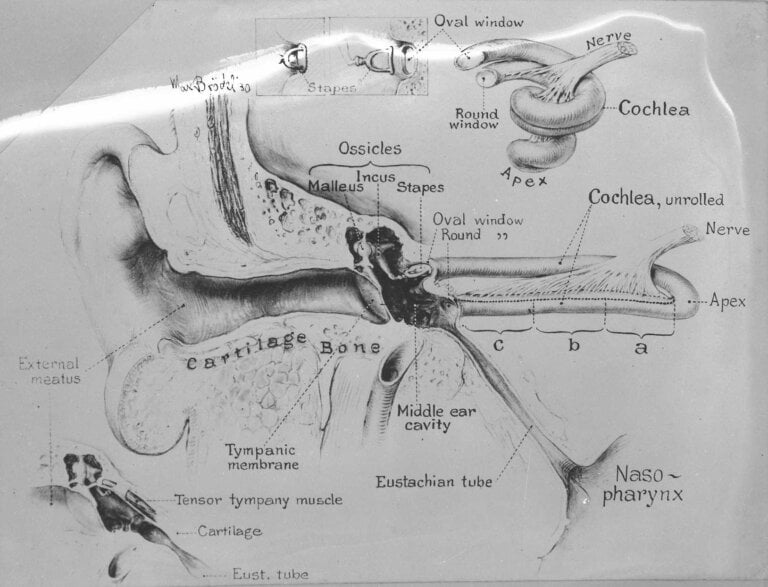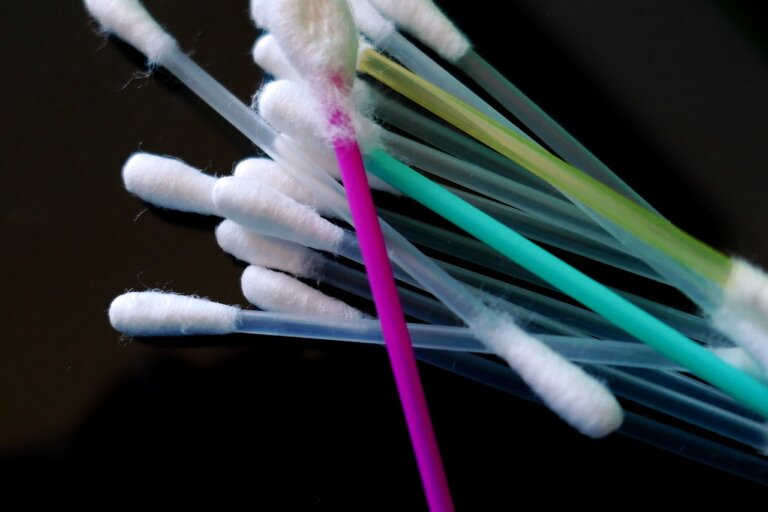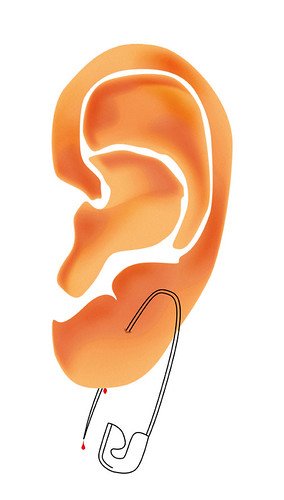Transforming Treatments: Technological Advances in Manual Instrument Ear Wax Removal
Earwax, also known as cerumen, is a naturally occurring substance produced by our bodies to protect the delicate ear canal. While it serves as a protective barrier against dust, bacteria, and other foreign particles, an excess build-up of earwax can lead to discomfort, hearing loss, and even ear infections. Manual instrument ear wax removal has long been the traditional method for managing this issue, but recent technological advancements have revolutionised the way we treat and manage ear wax build-up.
In this article, we will explore the transformative treatments offered by technological advances in manual instrument ear wax removal. From innovative tools to enhanced techniques, these advancements have greatly improved the effectiveness and safety of the procedure, ensuring optimal patient outcomes.
The Evolution of Manual Instrument Ear Wax Removal
Manual instrument ear wax removal has been practiced for centuries as a way to manually extract excessive earwax from the ear canal. Initially, simple tools like Jobson horne probes or curettes were used, but these methods were often associated with discomfort and potential risks such as ear canal injury.
Over time, the introduction of more advanced tools and techniques has significantly improved the overall experience and outcomes of manual instrument ear wax removal. The following are some of the technological advancements that have revolutionised this field:
1. Microsuction
Microsuction is a modern technique used for ear wax removal that involves the use of a specialised suction device. Unlike traditional methods that rely on manual scraping or irrigation, microsuction utilises a gentle suction process to extract excess earwax. This method provides a more controlled and precise removal process, minimising the risk of injury to the ear canal.
Microsuction offers several advantages over traditional methods, including:
- Greater precision: The specialised suction device allows healthcare professionals to target specific areas of earwax build-up, ensuring a thorough removal process.
- Reduced discomfort: The gentle suction process is generally more comfortable for patients compared to manual scraping or irrigation.
- Safety: Microsuction minimises the risk of injury to the delicate structures of the ear canal, making it a safer option for ear wax removal.
2. Endoscopic Visualisation
Endoscopic visualisation is another ground breaking advancement in manual instrument ear wax removal. It involves the use of an endoscope, a thin tube with a light and a camera attached to it, which allows healthcare professionals to visualise the ear canal during the procedure. This real-time visual feedback enables more accurate and targeted removal of the wax, reducing the chances of damaging the delicate structures within the ear.
Endoscopic visualisation provides several benefits in ear wax removal:
- Enhanced precision: The ability to visualise the ear canal in real-time allows healthcare professionals to navigate with precision, ensuring a thorough removal of the earwax.
- Reduced risk of injury: By directly visualising the ear canal, healthcare professionals can avoid accidental damage to the ear canal walls or other sensitive structures.
- Patient education: Endoscopic visualisation allows patients to see the condition of their ear canal, helping them understand the need for treatment and improving communication between healthcare professionals and patients.
3. Pneumatic Otoscopy
Pneumatic otoscopy is a technique that uses a specialised otoscope equipped with a pneumatic attachment. This attachment allows the healthcare professional to gently introduce air into the ear canal, creating pressure changes that help dislodge and remove the earwax. This method is particularly useful when dealing with compacted or stubborn wax that is difficult to remove using traditional tools alone.
The advantages of pneumatic otoscopy in ear wax removal include:
- Effective removal of stubborn wax: The controlled air pressure changes can effectively dislodge compacted earwax, making it easier to remove.
- Minimized risk of injury: Unlike manual scraping, pneumatic otoscopy is a gentle method that does not pose a high risk of injury to the ear canal.
- Improved patient comfort: The use of pneumatic otoscopy is generally well-tolerated by patients, as it does not involve any invasive techniques or discomfort.
4. Irrigation Systems
Irrigation systems have also undergone significant advancements in recent years. Traditional syringes have been replaced by more sophisticated systems that provide better control of water pressure and temperature, reducing the risk of discomfort or injury to the ear. These systems often incorporate built-in safety measures to prevent excessive water pressure and ensure the optimal temperature for patient comfort.
The benefits of advanced irrigation systems in ear wax removal are:
- Enhanced safety: Advanced irrigation systems have built-in safety features that prevent the risk of excessive water pressure, reducing the chances of discomfort or injury during the procedure.
- Improved effectiveness: The controlled water pressure and temperature settings of these systems allow for more efficient removal of earwax, ensuring thorough cleaning of the ear canal.
- Customised treatment: Advanced irrigation systems can be adjusted according to the specific needs of the patient, providing a tailored and comfortable experience.
Irrigation is not suitable for everyone and has a higher risk of complications compared to other methods such as microsuction or manual removal.
Benefits of Technological Advances in Manual Instrument Ear Wax Removal
The introduction of these technological advances has brought about several notable benefits in the field of manual instrument ear wax removal. Some of the key advantages include:
1. Enhanced Safety
One of the primary concerns with manual instrument ear wax removal has always been the risk of injury to the delicate structures of the ear. Technological advancements have significantly reduced this risk by providing more precise and controlled methods, minimising the chances of accidental damage.
With the use of advanced tools and techniques, healthcare professionals can ensure the safety of their patients by minimising the risk of injury to the ear canal walls and other sensitive structures. This improves patient confidence and allows for a more comfortable and stress-free experience.
2. Improved Patient Comfort
Older methods of ear wax removal often caused discomfort to patients, making the procedure an unpleasant experience. The use of advanced tools and techniques, such as microsuction has greatly enhanced patient comfort during the process. The ability to visualise the ear canal using endoscopic technology also allows for a more gentle and targeted approach.
By incorporating advanced technologies, healthcare professionals can offer a more comfortable and painless experience for patients. This not only improves patient satisfaction but also encourages individuals to seek timely treatment for ear wax build-up, leading to better overall ear health.
3. Increased Effectiveness
Technological advancements have made manual instrument ear wax removal more effective than ever before. The improved precision and accuracy offered by tools like endoscopes and irrigation systems ensure thorough removal of excessive earwax, reducing the chances of recurrence and associated complications.
The use of advanced tools and techniques allows healthcare professionals to achieve better outcomes in ear wax removal. By ensuring thorough removal of earwax, the risk of complications such as hearing loss, ear infections, and discomfort is significantly reduced. This leads to improved patient outcomes and overall satisfaction with the treatment.
4. Minimised Risks
By replacing outdated tools and methods, technological advancements have minimised the risks associated with manual instrument ear wax removal. The use of microsuction, for example, eliminates the need for manual scraping, reducing the possibility of injury or infection. Additionally, endoscopic visualisation allows for careful navigation within the ear canal, avoiding potential damage to sensitive structures.
The incorporation of advanced technologies in ear wax removal has made the procedure safer and more reliable. By minimising the risks of injury, infection, and other complications, healthcare professionals can provide patients with peace of mind and ensure a positive treatment experience.
Conclusion
Technological advances have transformed the landscape of manual instrument ear wax removal, offering safer, more comfortable, and highly effective treatments. The introduction of microsuction, endoscopic visualisation and pneumatic otoscopy has revolutionised the procedure, providing healthcare professionals with better tools to manage excessive earwax and improve patient outcomes. These advancements provide hope for individuals dealing with earwax build-up, offering a more efficient and pleasant experience for everyone involved.
FAQ
Q1: What is earwax and why is it important to manage its build-up?
A1: Earwax, also known as cerumen, is a substance produced by our bodies to protect the ear canal. While it serves as a protective barrier, an excess build-up of earwax can lead to discomfort, hearing loss, and ear infections. It is important to manage its build-up for optimal ear health.
Q2: What are some technological advancements in manual instrument ear wax removal?
A2: Some technological advancements in manual instrument ear wax removal include microsuction, endoscopic visualisation, pneumatic otoscopy, and advanced irrigation systems.
Q3: What are the advantages of microsuction in ear wax removal?
A3: The advantages of microsuction include greater precision, reduced discomfort, and improved safety compared to traditional methods of ear wax removal.
Q4: How have technological advancements improved manual instrument ear wax removal?
A4: Technological advancements have improved manual instrument ear wax removal by enhancing safety, improving patient comfort, increasing effectiveness, and minimising risks associated with the procedure.







